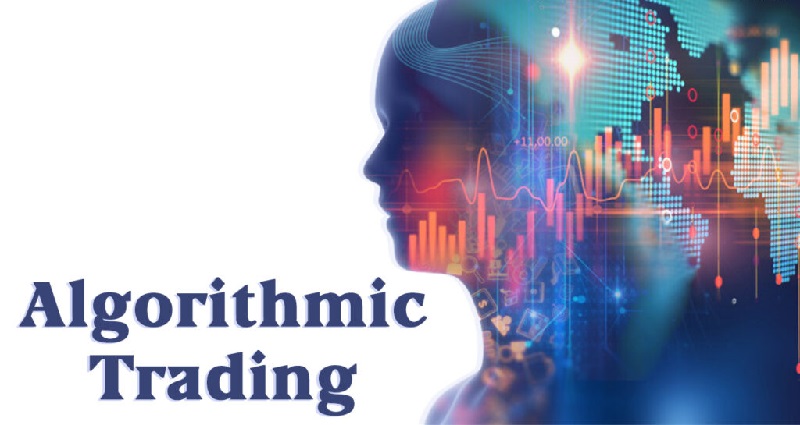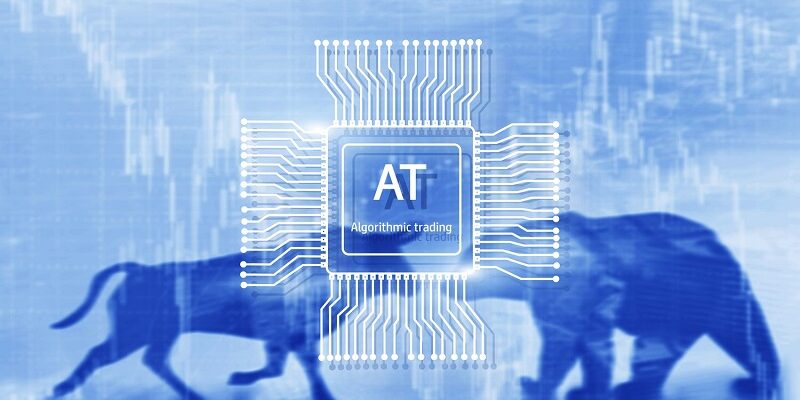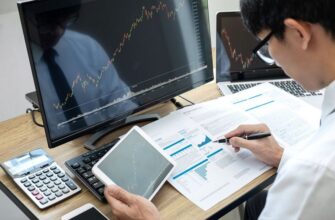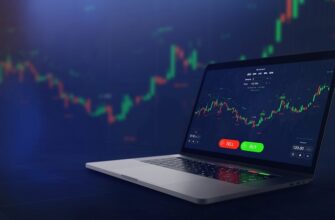Algorithmic Trading: Harnessing Automation and Artificial Intelligence
In recent years, the financial markets have witnessed a revolutionary transformation with the rise of algorithmic trading. This cutting-edge approach to trading utilizes automation and artificial intelligence (AI) to execute trades at lightning speed, gaining a significant competitive advantage over traditional manual trading methods. Algorithmic trading, often referred to as algo trading, has become a pivotal force shaping the landscape of the financial industry.
Building and Backtesting Trading Algorithms
Building successful trading algorithms requires a comprehensive understanding of market dynamics, data analysis, and programming skills. Traders and quantitative analysts work hand in hand to develop these algorithms, aiming to capture profitable opportunities in the market. The process starts with formulating a trading strategy that outlines the logic and rules governing the buying and selling decisions.
Backtesting, a crucial step in the development process, involves applying the algorithm to historical market data to evaluate its performance and robustness. This simulation allows traders to assess how the algorithm would have performed in past market conditions and to fine-tune its parameters for optimal results. The goal is to ensure that the algorithm is capable of adapting to various market scenarios and maintaining its profitability.

AI-Powered Trading Systems
The integration of artificial intelligence has propelled algorithmic trading to new heights. AI-powered trading systems can process vast amounts of data in real-time, enabling them to identify patterns, trends, and anomalies that human traders might miss. Machine learning algorithms play a vital role in this process, as they continuously learn from new data, allowing the system to evolve and improve its performance over time.
One of the key advantages of AI-powered trading systems is their ability to eliminate emotional bias from trading decisions. Fear and greed are common pitfalls that often plague human traders, leading to suboptimal outcomes. AI, on the other hand, makes logical and data-driven choices, helping traders to stay disciplined and consistent in their strategies.
Challenges and Risks
While algorithmic trading offers numerous benefits, it also comes with its fair share of challenges and risks. Developing robust algorithms requires a deep understanding of the market and a mastery of complex mathematical models. Even the most sophisticated algorithms can be vulnerable to unexpected market conditions, leading to significant financial losses.
Another concern is the potential for algorithmic trading to amplify market volatility. High-frequency trading (HFT) strategies, which rely on executing a large number of trades within milliseconds, have faced criticism for their role in exacerbating market fluctuations. Regulators and market participants are continuously monitoring this aspect to ensure fair and orderly markets.
Moreover, there is an ongoing debate about the ethical implications of AI in trading. As algorithms become increasingly sophisticated, questions arise about their potential impact on market fairness, accessibility, and transparency. Striking the right balance between innovation and responsible use of AI remains a crucial consideration for the financial industry.
Regulatory Landscape
The rapid growth of algorithmic trading has prompted regulators worldwide to update their frameworks to address the unique challenges posed by this technology. From stringent risk management requirements to guidelines on transparency and fairness, regulatory bodies seek to maintain market integrity and protect investors.
Regulators also scrutinize potential market manipulation, aiming to prevent any misuse of algorithmic trading to gain unfair advantages. Market participants must adhere to reporting requirements and disclose their trading strategies to ensure compliance with the evolving regulatory landscape.

The Future of Algorithmic Trading
As technology continues to advance, the future of algorithmic trading appears promising. AI-powered systems are expected to become even more sophisticated, with enhanced predictive capabilities and adaptive learning mechanisms. This could lead to more accurate market predictions and better risk management.
Furthermore, the democratization of algorithmic trading is on the horizon. As the barriers to entry lower and tools become more user-friendly, individual traders and smaller financial institutions may increasingly participate in algorithmic trading, democratizing access to previously exclusive markets.
Conclusion
Algorithmic trading, powered by automation and artificial intelligence, has revolutionized the financial markets. It has provided traders with the ability to process vast amounts of data, identify patterns, and execute trades at lightning speed. However, with this great power comes great responsibility. Market participants must continue to develop robust and ethical algorithms while adhering to the evolving regulatory landscape.
The future of algorithmic trading promises to be exciting, with AI-driven systems becoming even more advanced and accessible. As technology evolves, it will be essential to strike a balance between innovation and responsible use, ensuring that algorithmic trading continues to benefit the financial industry and society as a whole.








